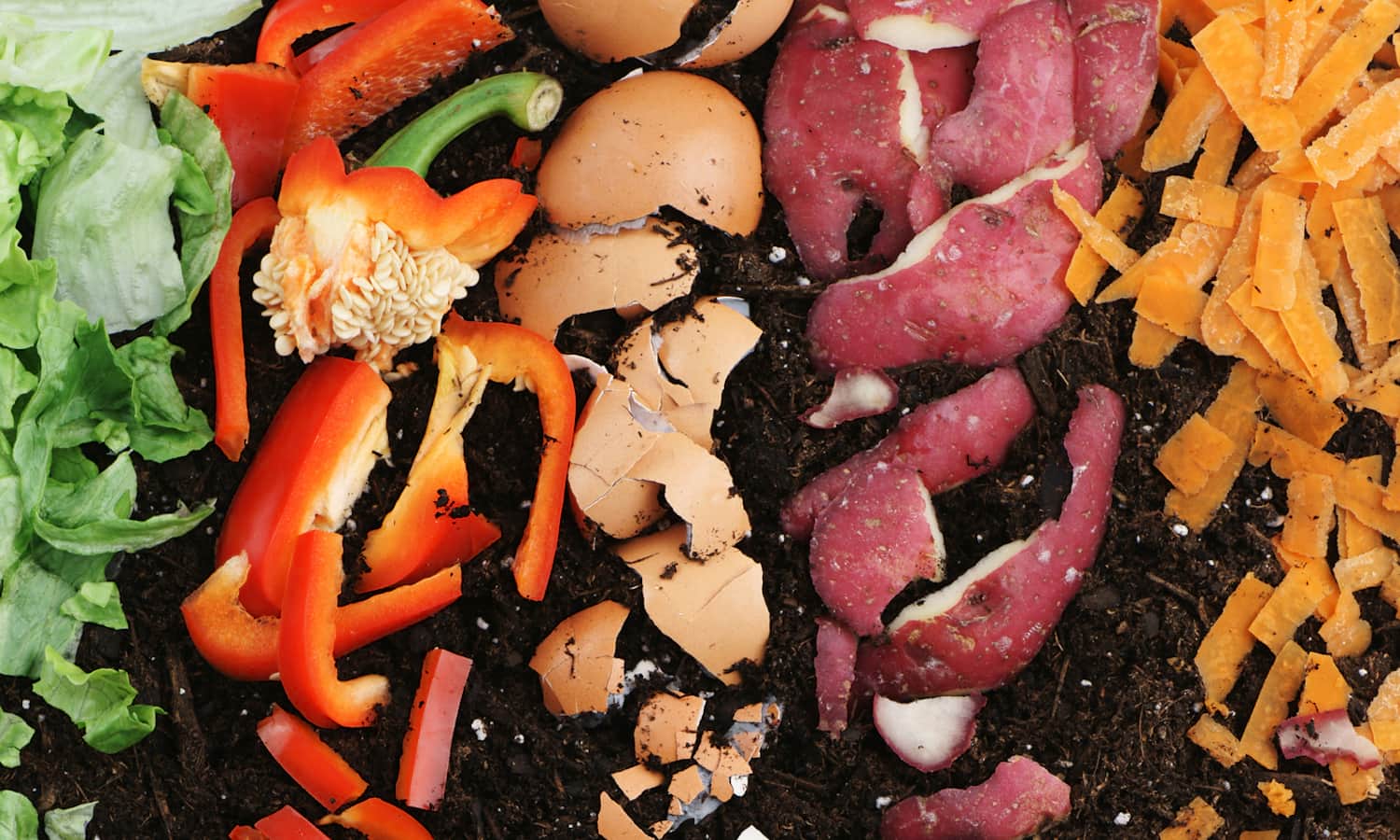Only 5.3 percent of food scraps in the United States were composted in 2015 according to the U.S. Environmental Protection Agency. Americans sent the remaining 39 million tons of food scraps to landfills, the weight of more than 104 Empire State Buildings.
According to Brenda Platt, Director of the Composting for Community Initiative at the Institute for Local Self-Reliance (ILSR), home and small-scale composting systems are essential to increase composting rates and are one of the best ways to grow community. “Home composting has clearly been under-resourced, but has the potential for larger impact than previously thought,” Platt tells Food Tank.
To James McSweeney, Owner and Technical Lead of Compost Technical Services, the million tons of food scraps indicate how much we can do: “the current volume of organic waste means that there are opportunities for improvement everywhere. When it comes to the larger goals of food system revolutionaries, there is no comparison between community systems and the alternatives,” McSweeney explains to Food Tank. Josh Whiton, founder of MakeSoil.org, argues to Food Tank that “the generation of waste and greenhouse gas emissions is a decentralized problem… so, it makes sense to address these problems in a decentralized way.”
In the past decade, governments have incorporated composting initiatives into the environmental agenda of cities like Portland and San Francisco. In April 2019, New York City Mayor de Blasio announced a “Green New Deal” which includes the resolution to make organics collection mandatory—extending to the whole city previous efforts on municipal food scraps and yard waste collection and composting. However, attention towards small-scale composting has also been increasing. McSweeney tells Food Tank that the increase in attention is part of a natural progression. “It just makes sense to start small and grow, as demand for products and processing capacity grows… Small and micro-scale operations break into new territory, raise awareness, and build trust in their communities.”
Households have a lot of potential to be the drivers of waste diversion, creating positive financial impact on cities. The ILSR report shows that 10,000 composting households can divert 1,400 to 5,000 tons of waste from curbside collection, with potential savings ranging from US$72,000 to US$250,000. Platt highlights the importance of community composting: “If every school, correctional facility, and university had composting systems on-site, we wouldn’t need a 50-acre site to work on food waste diversion. Smaller sites are faster to build and lower in cost, and the result would go back to local soils,” Platt tells Food Tank.
To McSweeney, the ability of individuals to compost independently is important. “The beauty of composting is that it is a relatively simple process that is inherently local—at least compared to other forms of recycling. Rather than scale we need to focus on outcomes such as: keeping resources and building soil locally; preventing pollution and contamination of our soils. […] The real change is going to come when we can realize the value in building and maintaining the soil in our communities,” McSweeney tells Food Tank.
One of the main challenges, however, is still lack of awareness and education. According to Platt, a lack of capacity or infrastructure is one of the reasons why food waste diversion rates in the U.S. are so low. Platt argues that “community should not define capacity as just one big industrial site, or county or regional sites.” McSweeney tells Food Tank that “educating communities, especially young people, about resource stewardship, supporting local businesses, creating good paying jobs, and mitigating the inequities of the food system is more important than focusing on scale.”
McSweeney also argues that there is no one size fits all solution. “For example, composting at home is not for everyone. We need a diverse and dispersed approach to managing the food wasted by the residential sector: we need drop-off points, curbside collection, and backyard composting education.” In his book, McSweeney emphasizes that when it comes to the micro and home-scale, there is a lot of room for new systems and improving upon existing models.
As entities like ILSR continue developing training materials for governments and foundations, other initiatives are available to support household food waste diversion and composting. This year, Food Tank published an article mentioning several community composting initiatives across the country. Whiton decided to use an online platform, MakeSoil.org, to create a composting community. “When I built a compost bin in my apartment block and then went door-to-door inviting my neighbors to bring their food scraps to it, I became my neighborhood’s Soil Maker,” Whiton tells Food Tank. “My neighbors became what we now call Soil Supporters. Making soil from our food scraps is one of the most powerful feedback loops readily available to us. But it doesn’t happen if we just toss our food scraps into yet another bin. Making soil together is one of the most impactful actions we could possibly take, and enough of us doing it will reverse the trends.”











